Restore to Win
How an agreement between the countryside and the city will make it possible to rehabilitate a vital wetland in the heights of Lima, Peru
Raúl Márquez Asensio lives in the community of Carampoma, where the clouds rise 4,500 meters above sea level and rest over the tranquil waters that lie below. He puffs up his chest with pride, seeing his beloved wetland being reborn after so much of it was lost.
The bofedal — a type of wetland that has the ability to retain water during rainy seasons and release it slowly during dry seasons to feed nearby lagoons and streams — is a valuable ecosystem that has been ignored for so long.
Today, SEDAPAL, the company in charge of the potable water and sewerage service of Lima, plans to restore the bofedal alongside Carampoma, located at the head of a basin about 100 kilometers from Lima, Peru’s capital city.
This project, which is being supported by USAID, is critical for the conservation of water reserves in Lima, a city of nearly nine million people.

This is the first project in Lima within the framework of the Payment Mechanisms for Ecosystem Services(MERESE), which plays a fundamental role in restoring natural sources of water throughout cities in Peru via a voluntary agreement between those who conserve ecosystems (contributors) and those who benefit from them (payers).
Since 2015, the population of Lima has contributed monthly to SEDAPAL’s restoration efforts through a 1% fee, demonstrating Peru’s leadership of designing and implementing an innovative mechanism for environmental compensation.
Lima experiences a water deficit of approximately 43 million cubic meters during the dry season, from June to November, and relies on storage facilities that can hold approximately 330 million cubic meters of water. But there’s a problem: the Andean rivers that provide water to Lima and the coastal region have a seasonal flow pattern, leading to water deficits during the dry season and surpluses that cannot be stored during the rainy season.
The water supply is also impacted by climate change and exacerbated by human activities, including soil degradation. Thus, if water conservation efforts are not implemented, there will be widespread water shortages for millions of Peruvians.
SEDAPAL collects a monthly fee from water uses and then works in the community to recover the Milloc wetland,” says Raúl. “Once SEDAPAL presented the restoration proposal to my community, they accepted it. We all want this pampa (prairie) to be green and return to how it was before.”
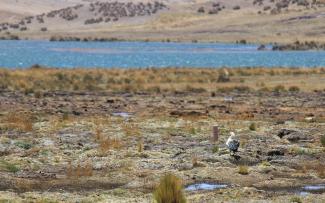
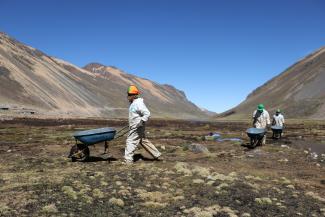
“Champa” (peat) is special organic wetland soil that has taken over a hundred years to form in that ecosystem.
The main threat to the Carampoma wetlands are champeros, illegal extractors of “champa” (peat), which is special organic wetland soil that has taken over a hundred years to form in that ecosystem. This soil is being sold in plant nurseries in Lima, especially for orchids, as reported by Ojo Público.
All of this we have found: a state of dryness, lack of humidity, and champeros. In the end, the objective is to recover and restore the champa in this entire area,” Raul shares.
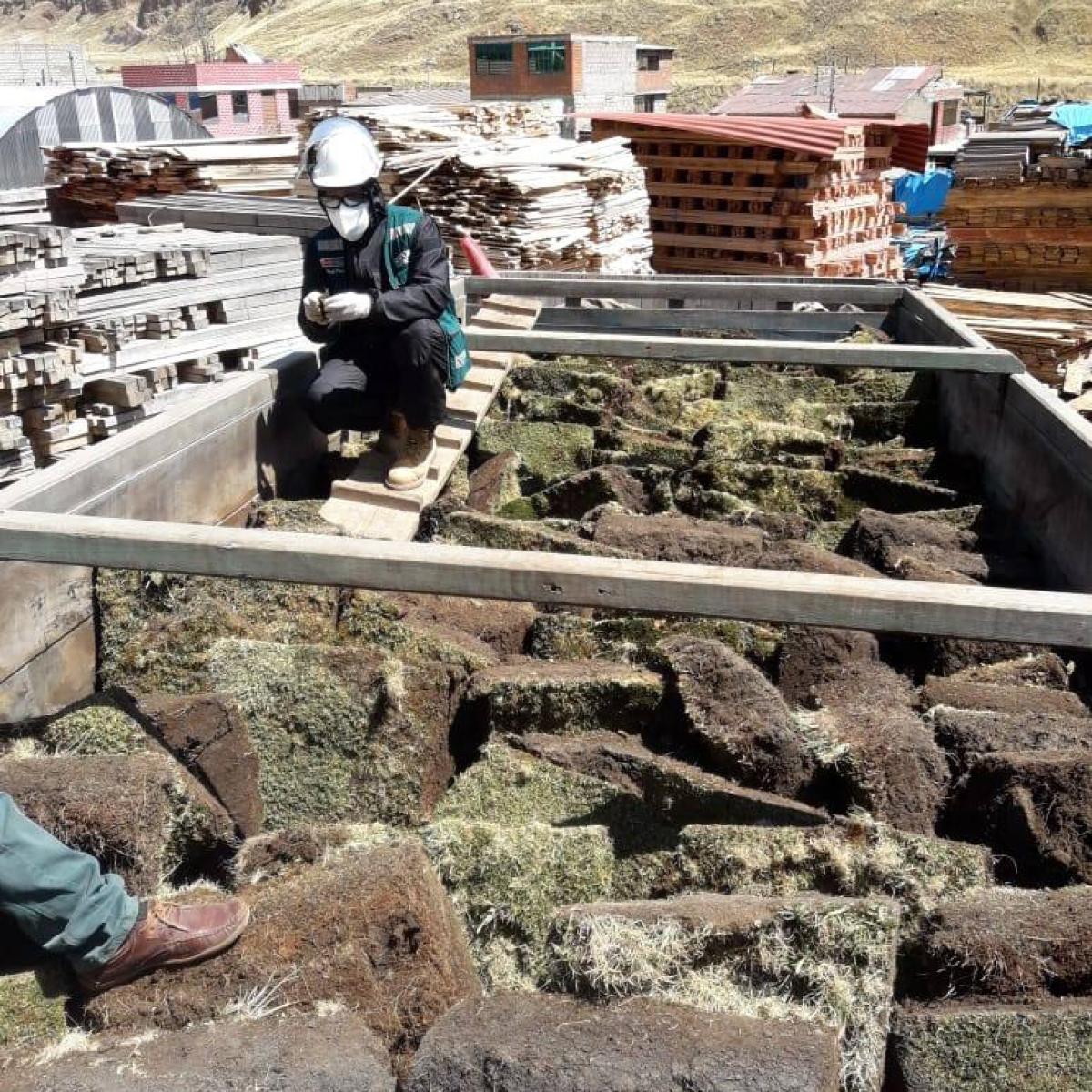
Truck seized by the Peruvian Police for illegally moving peat cushions from the wetlands.
Repopulating the bofedal
The agreement between the community and SEDAPAL marks a milestone for protecting this fragile ecosystem, not only for the productive chain of the high Andean community members, but also for water users in Lima.
What we want is for all of this pampa to be green. This benefits us because it is our property,” Raul says. “In this area we have flora and fauna. We would like for those animals to come back because it benefits the community.”
The Milloc project in Raul’s village of Carampoma was initially proposed by Aquafondo and The Nature Conservancy in Peru in 2014.
With the follow-up and support of National Superintendence of Sanitation Services (SUNASS) and other partners, the project was subsequently approved.
Beginning in 2018, the USAID Natural Infrastructure for Water Security (NIWS) project team worked with SEDAPAL, Peru’s Ministry of the Environment, and SUNASS to move the project forward.
According to former Peruvian Minister of Environment Gabriel Quijandría, this intervention means that investments in nature and water recovery are maintained. “This is a historic moment. As water consuming citizens, we must know the importance of water recovery and conservation. We need nature as an ally so that we continue to make progress in closing living standard gaps,” he stressed.
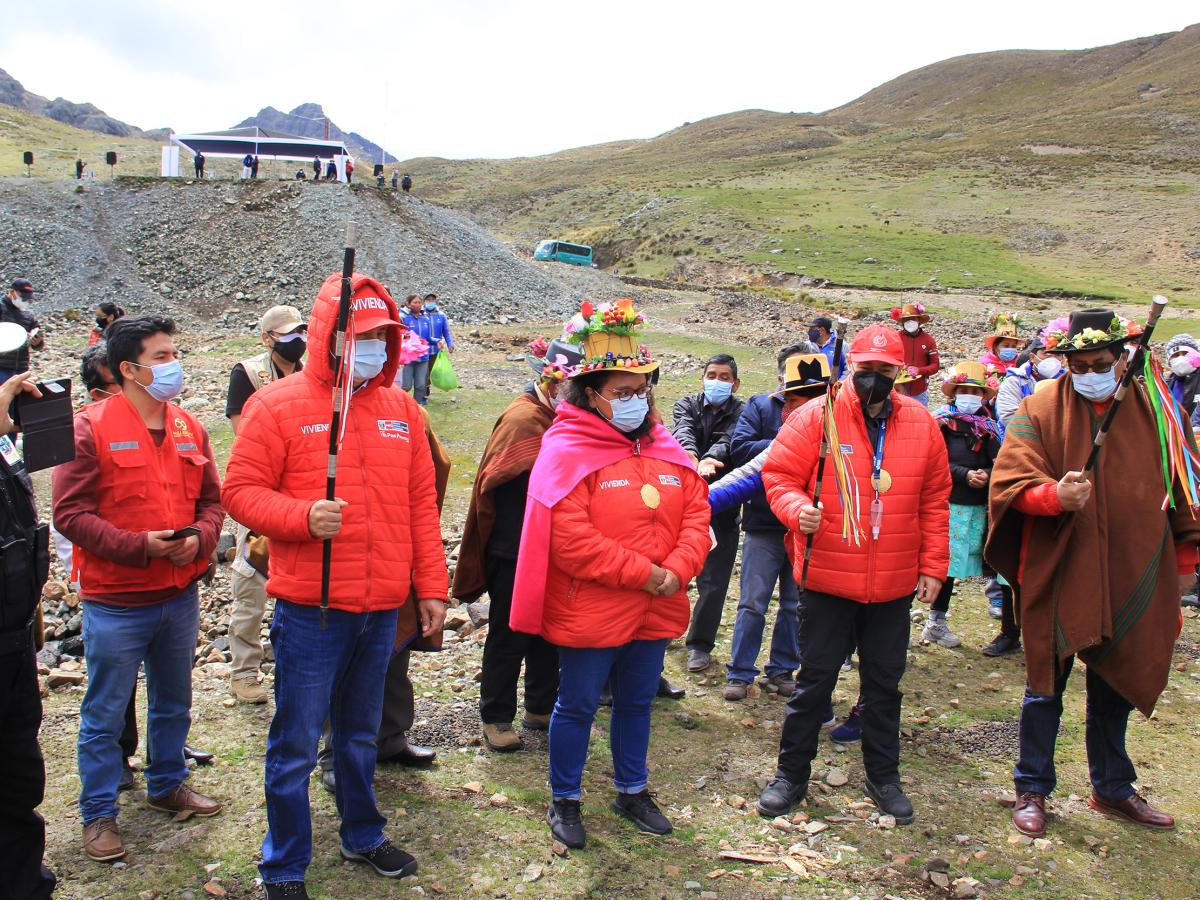
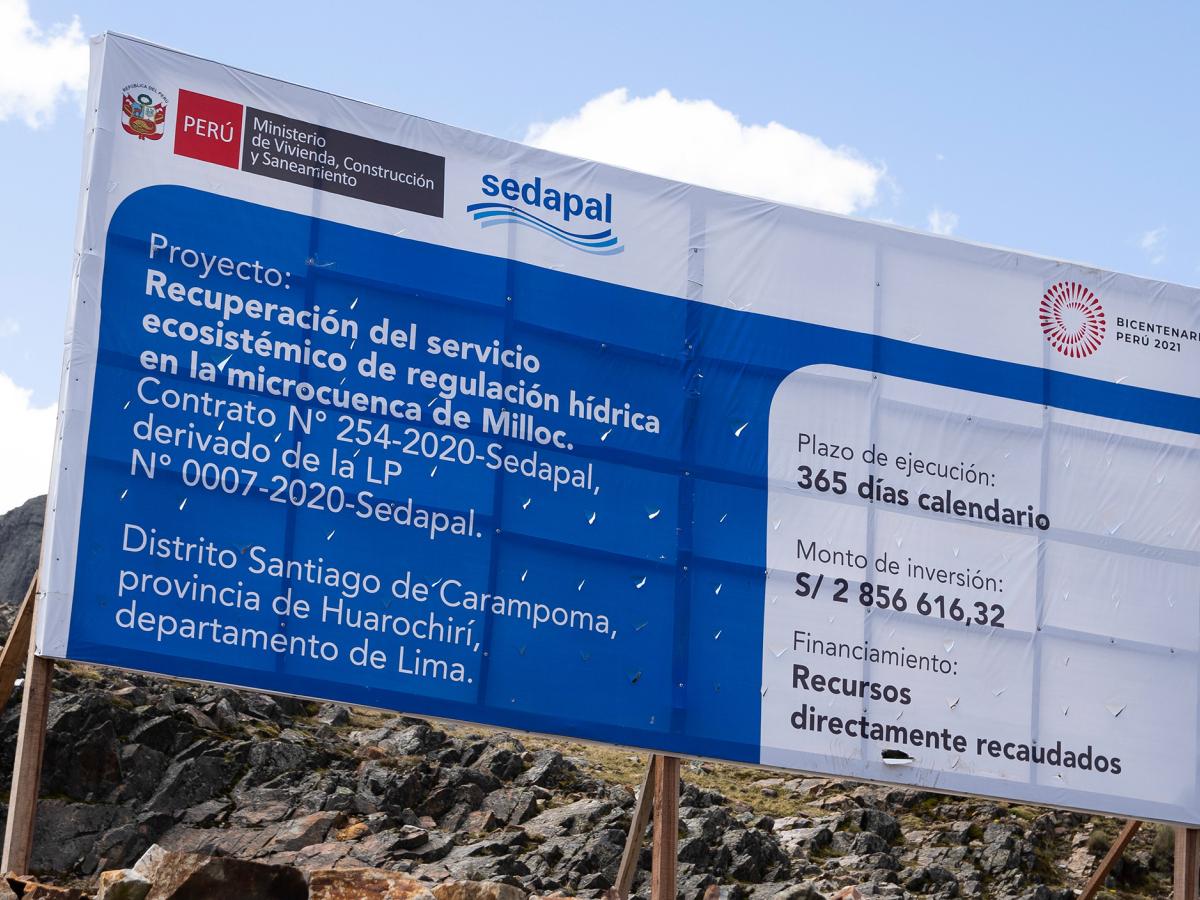
SEDAPAL estimates that the effort will generate around 12,000 days of paid labor, an important contribution to the economic reactivation of the Carampoma community.
USAID and the Government of Peru are partnering with the Government of Canada, Forest Trends, CONDESAN, SPDA, EcoDecision and researchers from the Imperial College of London.
SEDAPAL is currently working on at least 22 projects of this type to restore and protect the city’s water sources, while also implementing new ways of funding these projects.
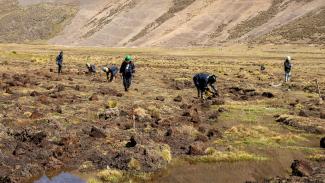
Raul, for one, is pleased that the country’s leaders are taking climate change in his community seriously:
“I would like to address the state entities and tell them to worry, to see the reality of what the predators of champas do. I feel quite happy that the authorities are finally worrying about the source of our water supply.”
ABOUT THIS STORY
Peru is vulnerable to hydrological and climatic extremes. Droughts, fires, floods, and landslides in recent years demonstrate the acute water crisis Peru faces, which is only intensifying with population growth and climate change.
Natural infrastructure (like forests and wetlands) increase resilience of both upstream communities and downstream water users to these risks. USAID and Canada are working together to scale-up efforts to protect and restore natural infrastructure while addressing gender inequities that are incompatible with a water- and climate-secure future.
About the Authors
Doris Mejia is the Communications Leader at the Natural Infrastructure for Water Security Project. Magali Ugarte and Noelia Gutierrez are Communications Specialists at USAID’s Mission in Peru and the Agency’s South America Regional Program.
Photos by Gabriel Rojas, Bruno Bernal, Miguel Albites, Ana Castañeda, Alan Chamorro and Gerson Pizardi.


